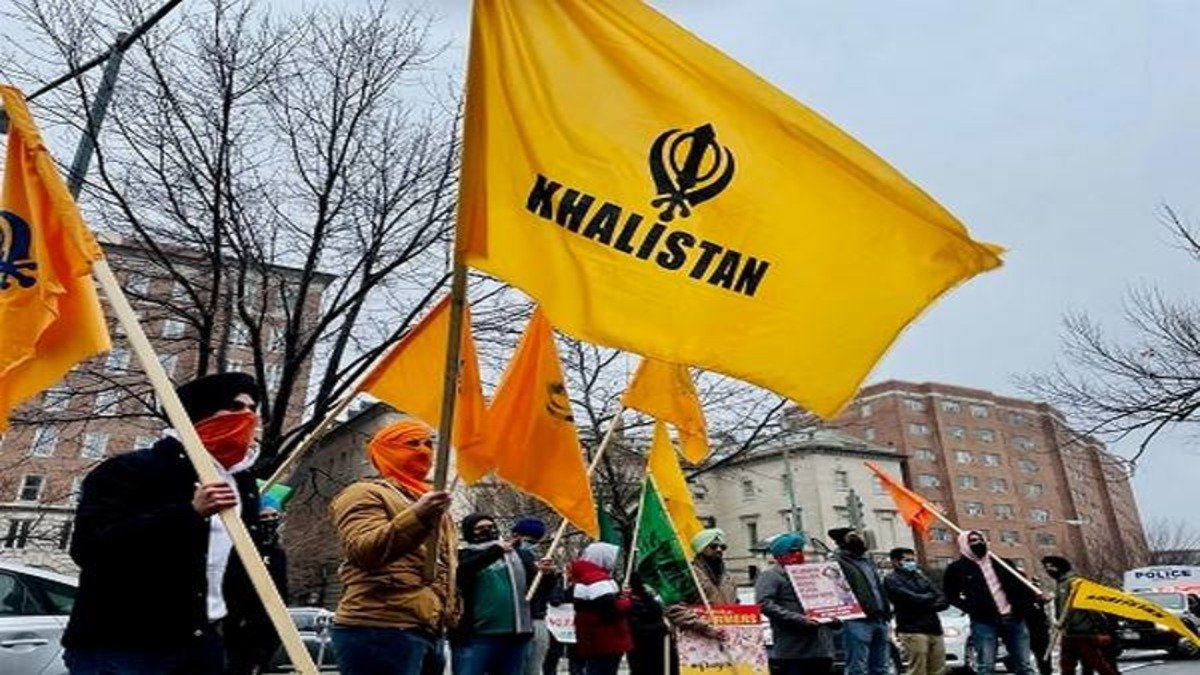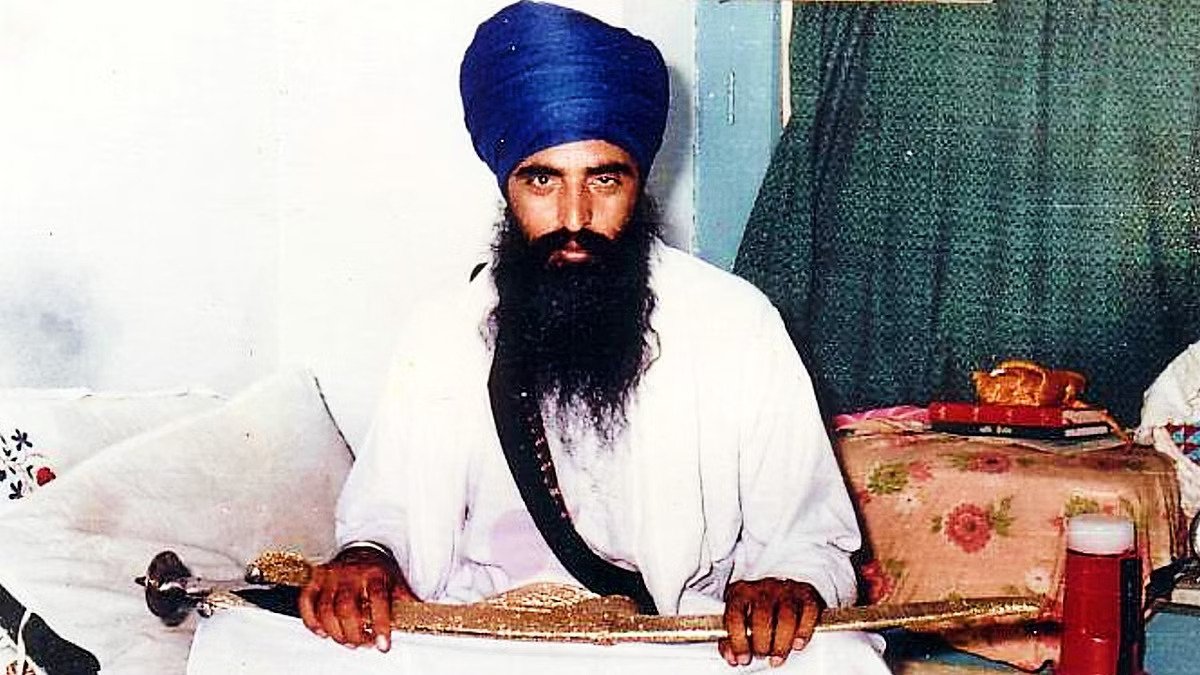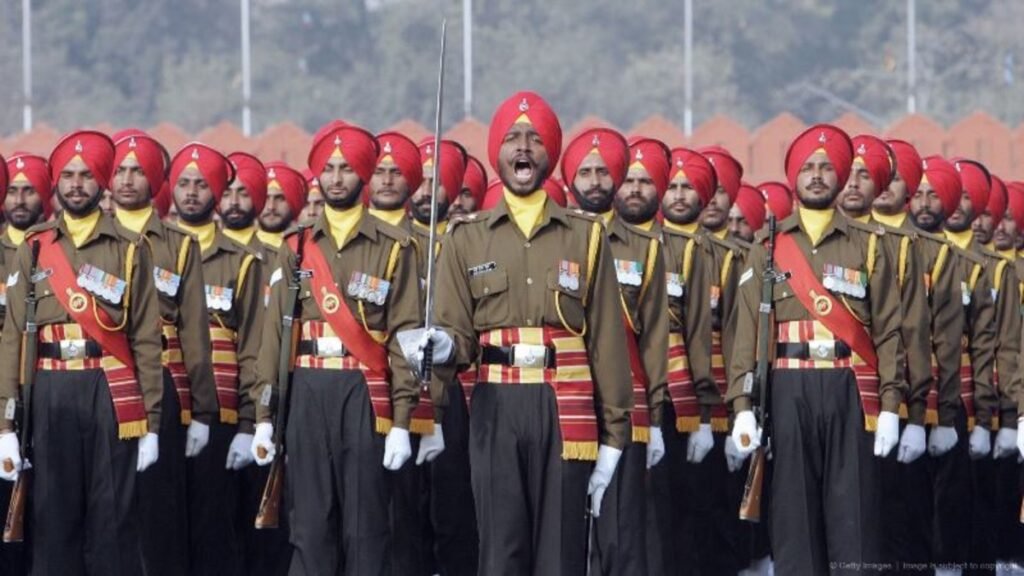Khalistan Referendum: Beating A Dead Horse

Punjab—the land of five rivers, the gateway to India, and the seminary of the nation’s valiant soldiers—has always been under fire from belligerent foreign forces. Yet again, it seems to be in the bullseye of anti-India forces trying to flare up unrest in the border state. Khalistan is one such project that appears to be re-ignited to damage decades-long peace in the state. It aims to inflame militancy, primarily attributed to a few fanatics’ religiously motivated secessionist intentions. It is fueled by Pakistan’s sinister Inter Services Intelligence (ISI) and its well-funded stooges abroad. The Khalistan referendum is one such ill-fated theatric led by ISI and its stooges to malign India’s image and integrity. In this piece, we’ll connect the dots between the Khalistan referendum conspiracy and the steps to be taken by the Indian establishment.
THE KHALISTAN MOVEMENT: SYNOPSIS
The Khalistan movement is a Sikh nationalist movement that aims to establish a separate nation for Sikhs. This movement has its origins in the “Punjabi Suba Movement”. The movement was started in 1955 by the Akali Dal, a Sikh-dominated political party. It sought the re-organisation of Punjab along linguist lines with the division of the state into Punjabi and non-Punjabi speaking areas. Punjab was divided into three states: Punjab, Haryana, and Himachal Pradesh, as a result of this movement. With the support of Pakistan’s ISI, the movement had grown into a significant separatist force by the early 1980s. A fiery priest from the Damdama Taksal named Jarnail Singh Bhindranwale led the movement during this period as it grew in strength. He took over many gurudwaras and created communal disharmony among the Hindu and Sikh populations. This period witnessed a spike in religiously motivated killings, extortions, and other crimes.
JARNAIL SINGH BHINDRANWALE.

With the Golden Temple in Amritsar as his command seat, Bhindranwala ran a parallel system in the state. The worsening law-and-order situation in the state compelled the centre, under PM Indira Gandhi, to take the unfortunate step of using the army to flush out the terrorists holed up inside the Golden Temple. Thus, Operation Blue Star was launched on June 6, 1984, in which Bhindranwale was killed. The operation was seen as an attack on the Golden Temple, a Sikh sacred place, ultimately resulting in the assassination of Indira Gandhi by her two Sikh bodyguards.
Her assassination led to anti-Sikh riots in Delhi and other parts of the country. This was a black blot on the history of the nation, where two brotherly communities were caught up in blind hatred. Nonetheless,normalcy soon returned to the state, but the scars of the 1984 riots still remain potent in the psyche of the Sikh community. It is this sentiment that is exploited by the shrewd ISI to rekindle the flames of the Khalistan movement. The idea is to channel the pain and misery of the community into anti-India sentiments and galvanise successionist forces. The Khalistan movement is an extension of Gen. Zia’s bleed India with a thousand cuts strategy, wherein it aimed to ignite separatist movements across India.
WHAT IS THE KHALISTAN REFERENDUM?
The Khalistan referendum is an asinine attempt to ignite anti-India sentiments among some of the Sikh diaspora settled in the US, UK, Canada, and Australia. The aim is to conduct an unofficial vote in favour of imaginary Khalistan among the local Sikh communities. The referendum seeks to establish a consensus among Sikh communities to carve out a separate homeland within the Indian state of Punjab. Furthermore, then approach the UN and other international human rights bodies with the demand to re-establish Punjab as a nation-state. These referendums are given logistical support by ISI in gathering people and organising events. Getting down to brass tacks, the referendum has no credence whatsoever; it’s just about maligning India’s image in the western world. The referendum was organised by US-based Sikhs for Justice (SFJ), an organisation banned in India in 2019.
GURPATWANT SINGH PANNU

Sikh for Justice is a mother-outfit for all Khalistan-based movements abroad. It was founded in 2007 in the US by Gurpatwant Singh Pannun. Pannu, being a lawyer by profession, is the mastermind behind the idea of the Khalistan referendum. SFJ has strong links with other proscribed terrorist outfits like Babbar Khalsa, Khalistan Tiger Force, etc. Apart from the referendum, SFJ is also responsible for carrying out attacks on Indian embassies and consulates. Recently, Pannu, in a video message, threatened to ‘besiege’ Indian missions on August 15. The outfit is also responsible for targeted attacks on temples and painting anti-Hindu and anti-India graffiti on these temples. The intention is to create a rift between the Indian diaspora. It is thus evident that Khalistani secessionists, aided and abetted by Pakistani operatives, are endeavouring to inject a religio-communal divide among Hindus and Sikhs overseas.
SFJ announced for the first time in 2018 that it would hold an unofficial voting exercise coined “Referendum 2020”. The referendum was planned to be conducted in several countries with a sizable Sikh population, with Canada as its stronghold. Around 100,000 people participated in the referendum held in Brampton, Ontario. The Indian Foreign Ministry denounced this farcical exercise. It objected to Canadian authorities for letting such separatists have a free run on their land. The Canadian authorities have defended this as an exercise in freedom of speech. Although the Canadian government has reiterated that they respect the sovereignty and territorial integrity of India and that they will not recognise the so-called referendum, Subsequently, such referendums took place in Luton, UK, in 2022, and in Melbourne, Australia, in 2023. Though they were all regarded as flop shows, negligible Sikhs showed up in these referendums while the respective governments denounced the results.
DEBUNKING THE MYTHS OF THE KHALISTAN MOVEMENT
The concept of khalistan derives its inspiration from the Sikh empire under Sher-e-Punjab Maharaja Ranjit Singh. Born in Gujranwala, present-day Pakistan, Maharaja Ranjit Singh ruled over the United Punjab, Himachal Pradesh, and Jammu and Kashmir. Lahore being his capital, Maharaja repelled all foreign invasions from Afghanistan to India. Present-day Khalistani secessionists intend to replicate the ancient Sikh empire under the name of Khalistan, the land of purity. But there is a catch in it, which exposes the nefarious designs of Khalistanis and their Pakistani backers. In the present version of Khalistan, the separatists slyly ignore the Pakistani-occupied Punjab. Khalistan cannot be created without Pakistani Punjab, which is far bigger than Indian Punjab. Historically, all important centres of the Sikh empire fell on Pakistan’s side, with Lahore being its capital. This depicts the true evil intent of the Khalistan movement, which is nothing but an artificially tailored project by Pakistan.
MAHARAJA RANJIT SINGH EMPIRE.

Another bubble that needs to be busted regarding the Khalistan is the propaganda about the subjugation of Sikhs in India. To debunk this myth, we’ll take the “population-contribution-inclusion” approach. To conclude whether a community is prospering in a country, we look at its population, contributions to development, and inclusion in key portfolios. Based on this approach, it becomes utterly clear that Sikhs excel at every front; in fact, they outperform the majority of Hindus in several aspects. The literacy rate of Sikhs is higher than the national average of 72.98%. Despite being a minority, Sikhs are heavyweights in terms of their contributions to the development of India. Sikhs have served the nation in all key positions, like PM, Chief Justice of the Supreme and High Courts, Governors, Army Chiefs, etc. Despite being 2% of the population, Sikhs constitute 14% of the Indian army.
THE SIKH REGIMENT OF THE INDIAN ARMY

In the economic realm, Sikh entrepreneurs are leading in their respective sectors. Some renowned Sikh entrepreneurs are Rajinder Singh Raju Chadha (Wave Group), Onkar Singh (Avon Cycles), Harkirat Singh (Woodland Group), etc. Thus, it’s fair to say that Sikhs are one of the key pillars in the development of India. Moreover, it’s evident from the above statistics that the myths of victimisation peddled by Khalistanis hold no water in reality. The contribution and inclusion of Sikhs per capita are far greater than those of other communities, which are larger in strength. Yes, it’s true that there has been a dark patch in our history, but what matters is how we move forward. Realisation and correction have been key factors in bringing normalcy and bridging gaps. Certainly, this hard-earned peace can’t be jeopardised by the likes of a few fringe elements.
Also Read, Unveiling Courage: Tibetan Uprising In 2008
MEASURES NEED TO BE TAKEN
It is paramount that the government nip it in the bud before the situation slips out of hand. Following are some measures that must be taken to curb this movement:
- Firstly, the foreign ministry needs to make its counterparts in the west aware of the gravity of the situation and its impact on tranquilly within India. Moreover, there has to be an element of cost involved in these discussions. They must be made aware that abetting anti-India separatists in their country will come at the expense of their ties with India. And the cost will strain diplomatic and economic relations. The quid pro quo approach would be optimal in this regard. A recent example of this is when India removed unauthorised barricades outside the British Embassy after an attack on the Indian consulate in London. This step alone spooked the British government into beefing up security outside the Indian consulate. This approach needs to be followed in the future as well.
- Secondly, the Indian security agency needs to track down the nexus between the separatist outfits working within and outside India. Indian embassies abroad must collect all the data related to troublemakers and pass it down to agencies. The security agencies should then pin down their links within India to curb their logistics support. Moreover, the foreign ministry should annul their oversea citizen of India cards and other facilities availed to them. It requires a comprehensive approach from all wings of the government. Fortunately, India adopted a similar approach against the perpetrators of attacks on Indian consulates in London and San Francisco. It’s high time for India to abandon a defensive approach. India has to go on offensive to tackle the security challenges posed by the emergence of the Khalistan movement abroad.




